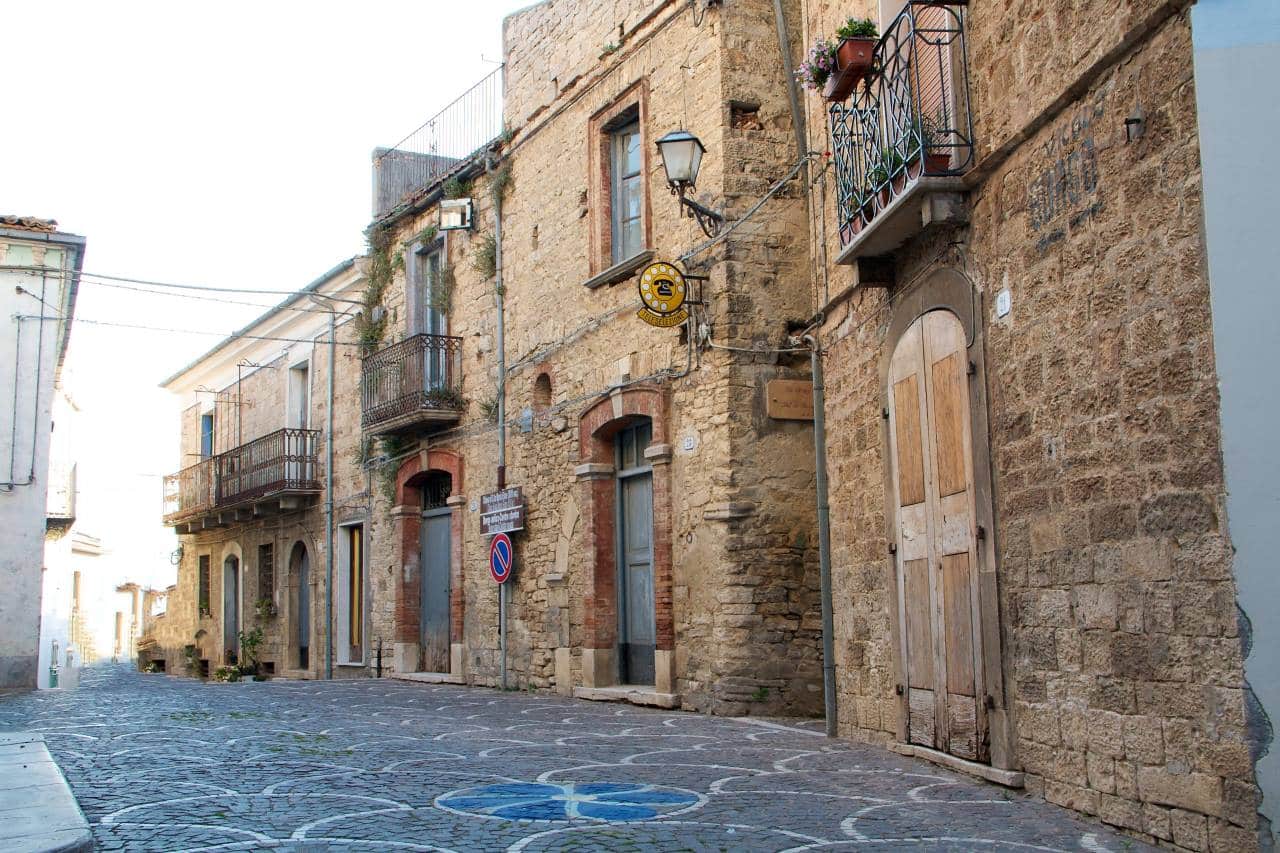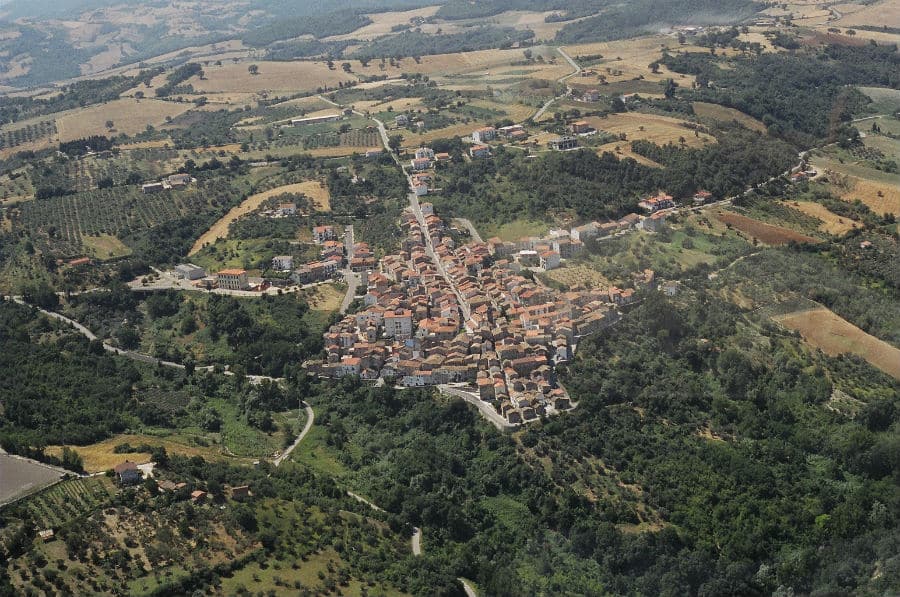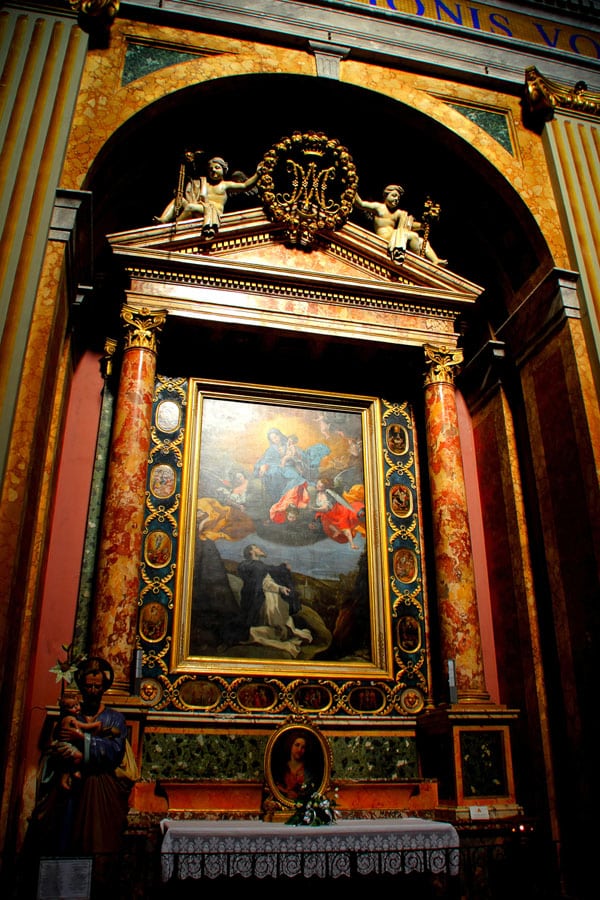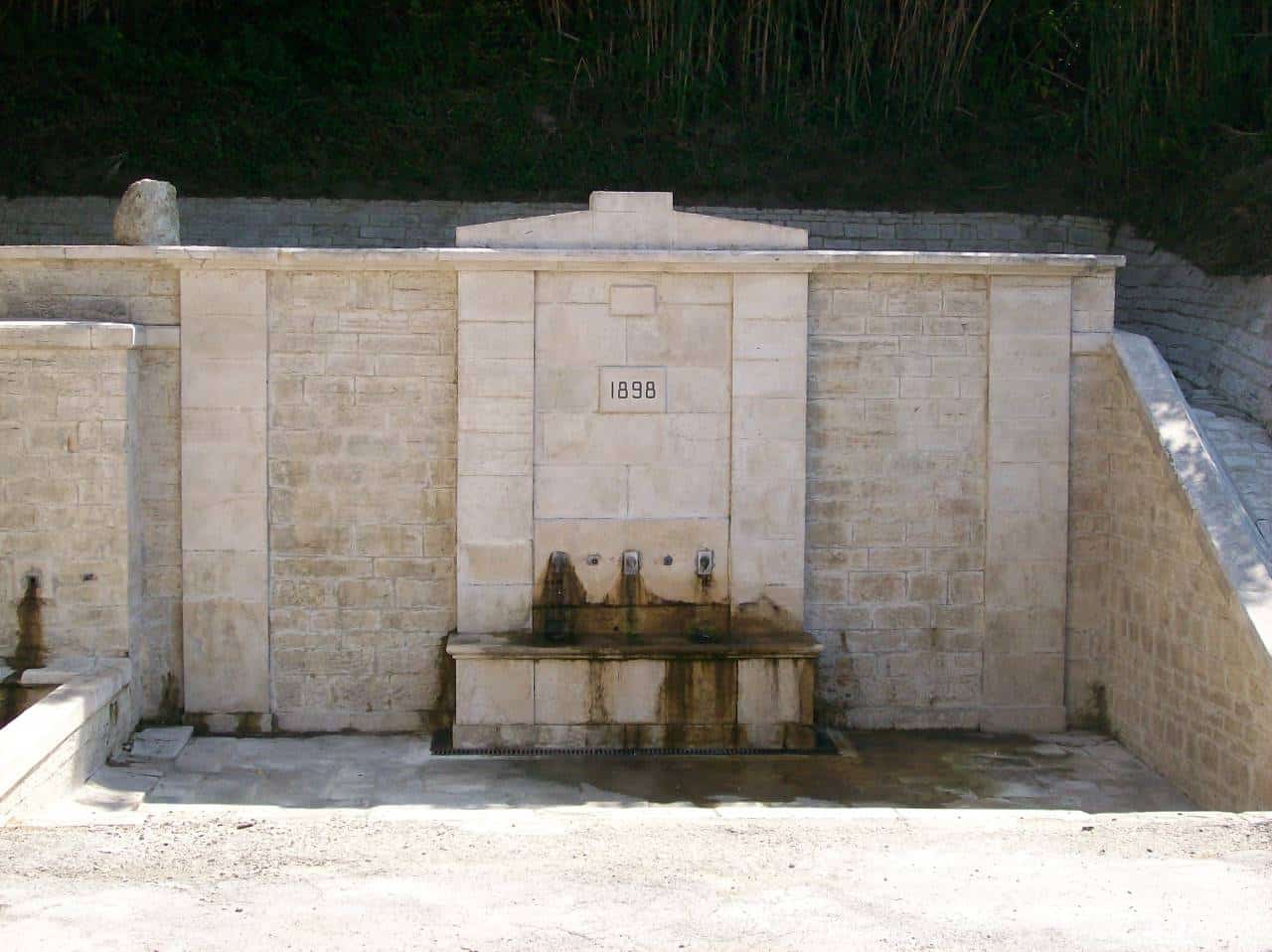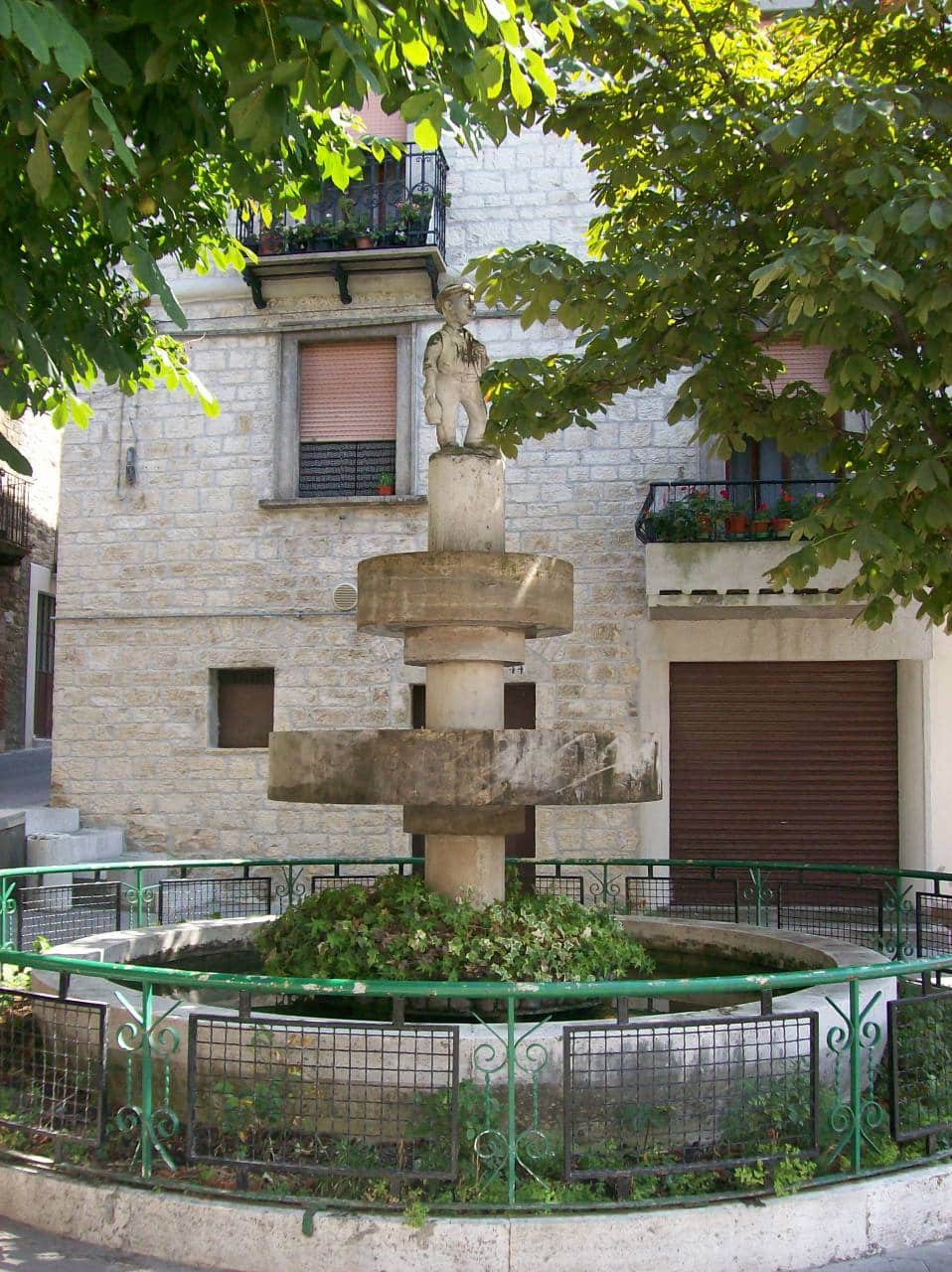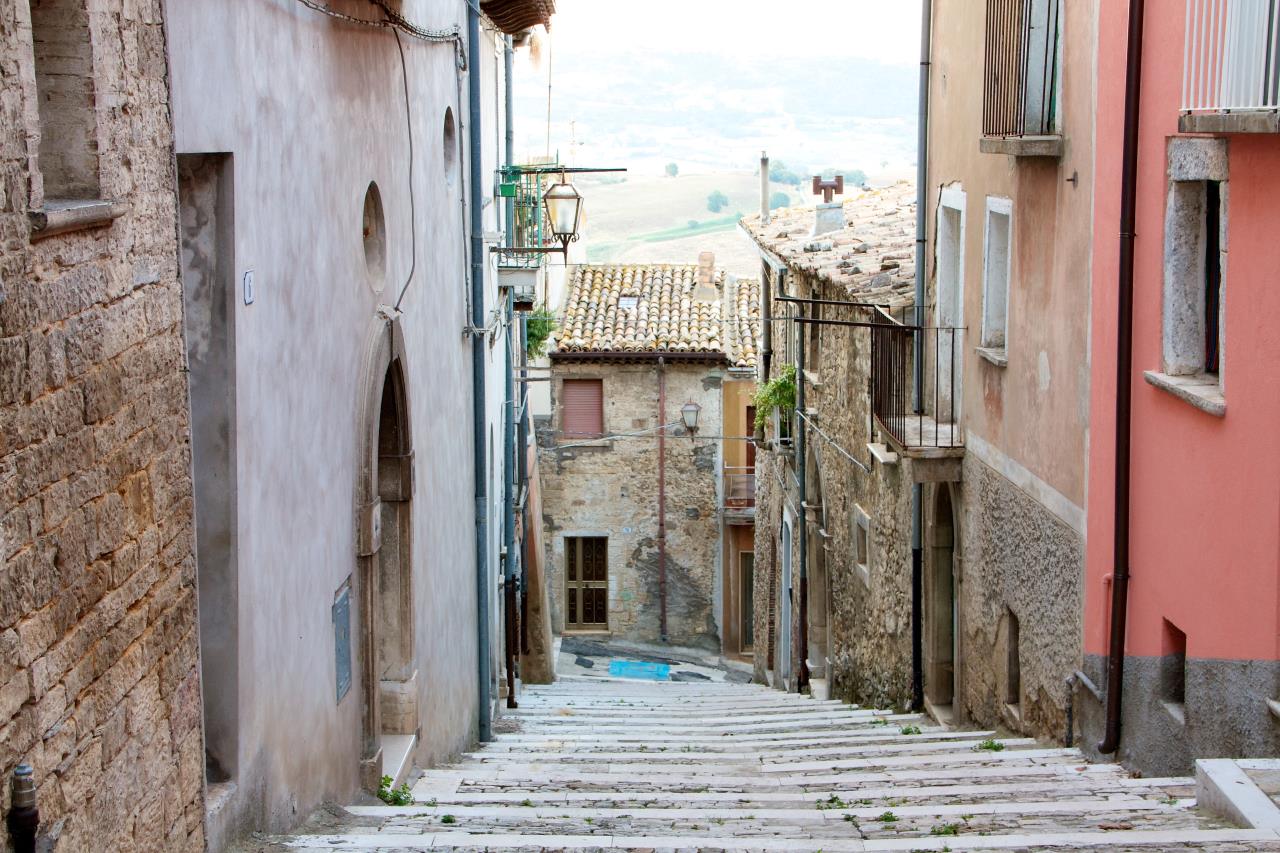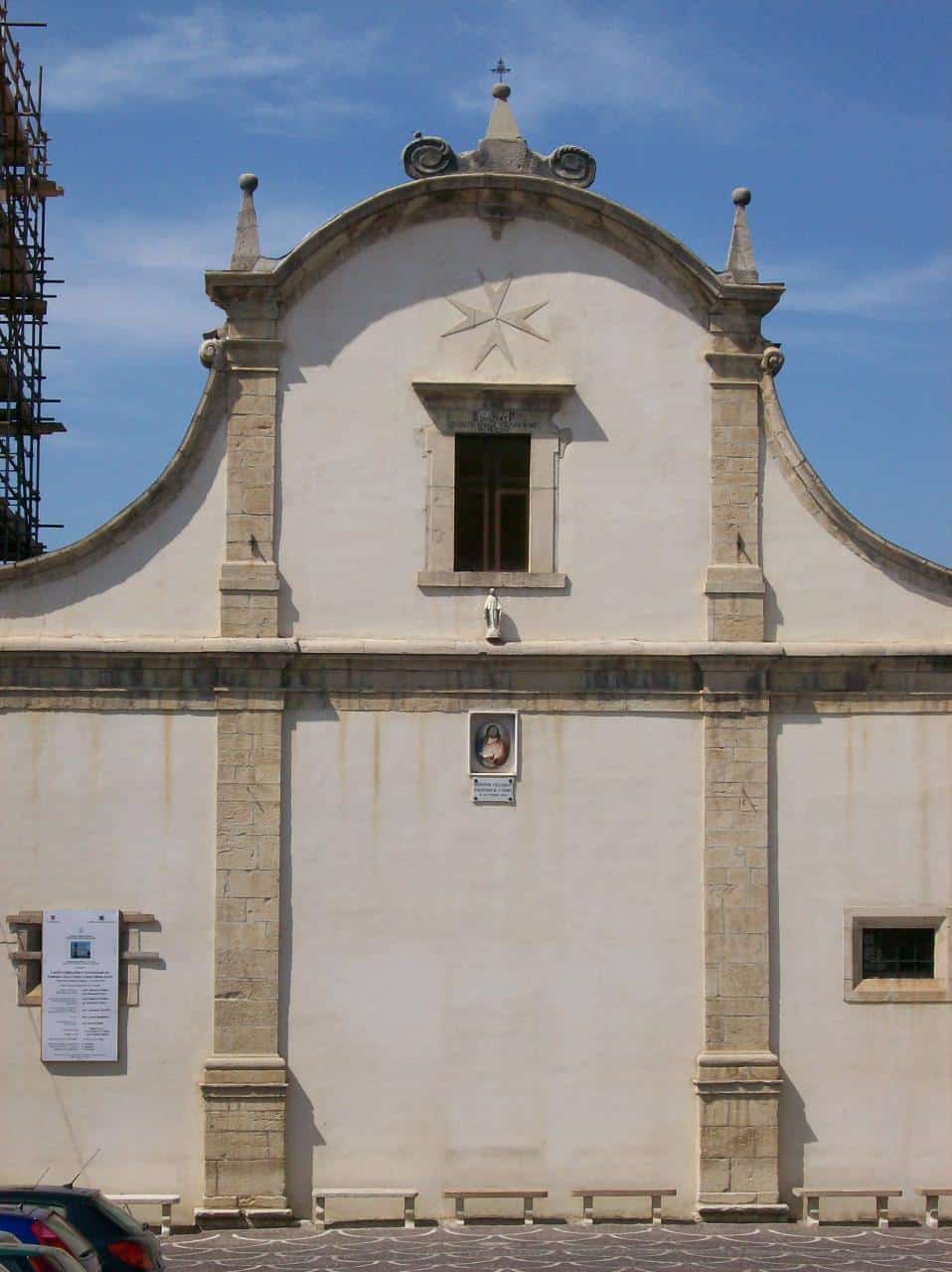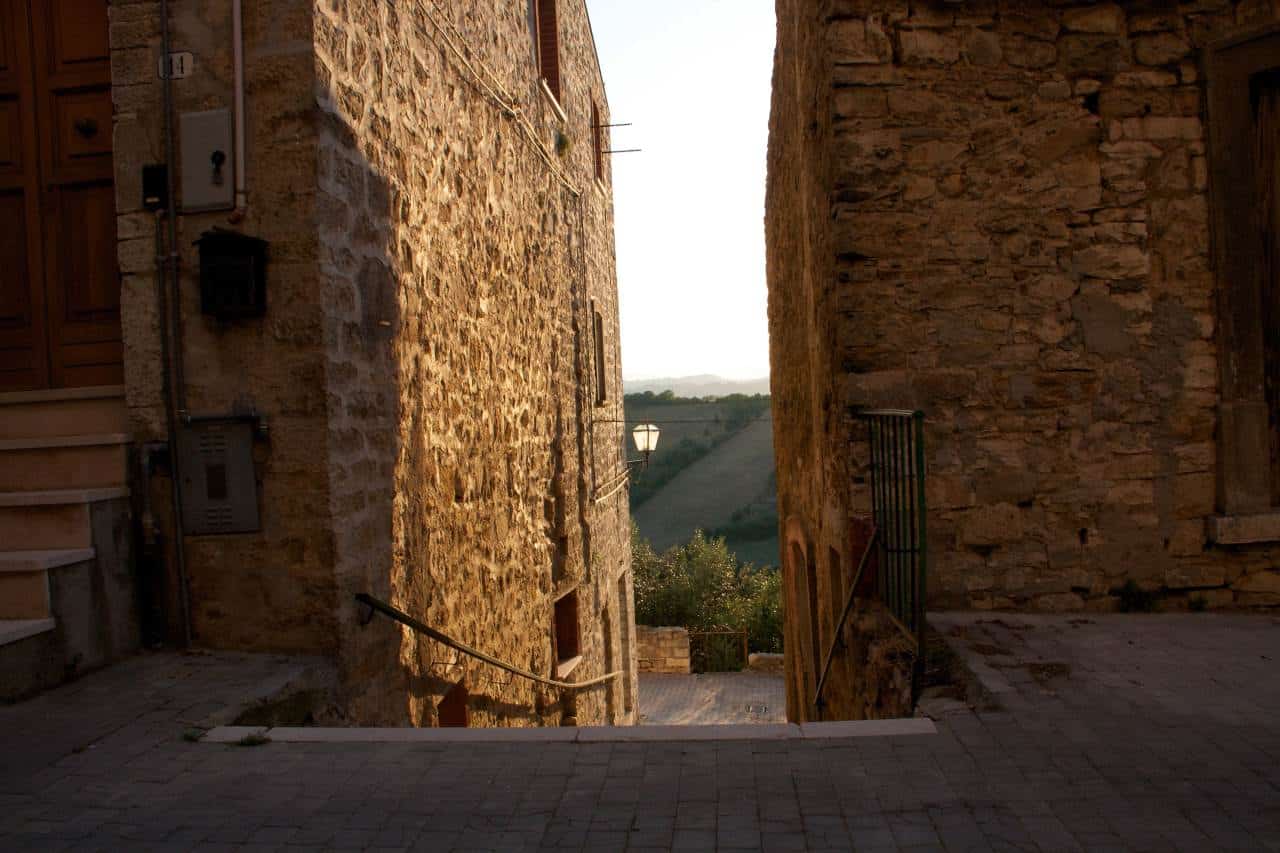Acquaviva Collecroce (Živavoda Kruc in Croatian Molise) is one of the three municipalities Molise of Croatian origin. The presence of Slav peoples is testified from the XVI century. They arrived in Italy at the same time the Albanians, between the end of the XV century and the beginning of the XVI century, coming perhaps from the valley of the Neretva River, in the current Bosnia and Herzegovina and Croatia. The language, the Croatian Molise is štokava-ikava, and is still spoken together with the Italian.
Testimonies of the primitive hamlet you have from the XIII century, composed of two farmhouses of "Acquaviva" and "Collecroce". In the sixteenth century the Croatian people gave renewed vitality to the village, whose center of Collecroce was abandoned. The center was known by the name of "Sant'Angelo in the palace". The government belonged to the Templar Knights of the Order of Malta, until 1785. In 1809 the territory was subject to the Contado of Salerno and then in the district of Larino. The parish church of Santa Maria Esther belonged to the Diocese of Guardialfiera, subsequently deleted and aggregated at Termoli. After having reached in 1911 more than 2 thousand inhabitants, Acquaviva began to see a slow depopulation of the village for emigration. Since 1949 is part of the province of Campobasso.
The presence of abundant water had evidently to determine both the choice of the site for the settlement that the name of the country, Acquaviva, which was subsequently added Collecroce beyond that for historical reasons, also to distinguish the town from other existing in Italy with the same name or also for the majestic Calvary with three crosses place, always, to the top of the country and then on a hill. In the entire territory of the country there are several fountains. In the west side: in the lower part of the hill, the Marmarica and Pisciariello (Pišaraj), in the central part the Fontana Vecchia (Funda Stara) and the Fontana Nuova (Funda Nova)(1898),and more upstream La Fontanella(Fundica). In the east side: The Okvavit (brandy) in the lower part, the Trocche (Kortij) (1870) in the middle part and more upstream the recent Kurtina instead of previous Kanalic.
There are 5 other fountains scattered in the area that take their name from the nickname given to landowners with which border. Some of the fountains mentioned above were used in ancient times to do the laundry and to be able to draw water for domestic use with the so-called Tine of copper. In the Go to Fontana, the Tina was brought to the arm and in return, the feed of water, was carried on the head by a dishcloth done at spiral called shoots. The water was drawn in general by girls forced to do even hours in a row to wait your turn and this service was played with a lot of enthusiasm because it allowed them to meet on the street a few nice guy.


